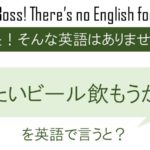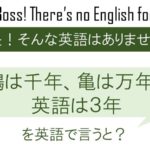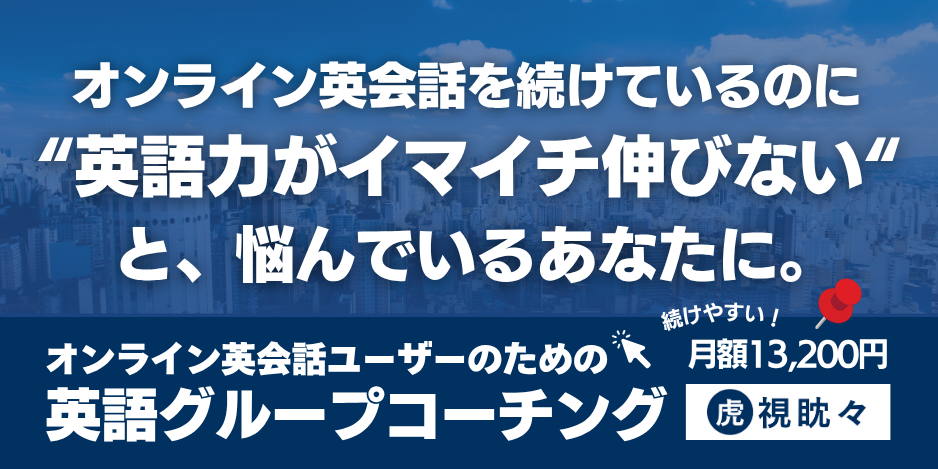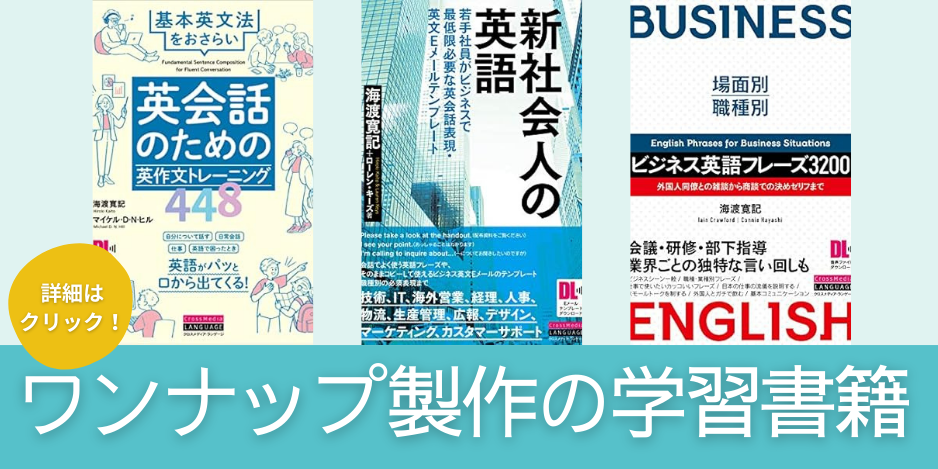
Japan is famous for many different festivals, especially summer festivals. I never quite understand who thought festivals in summer would be a good idea, considering how Japanese summers are known for being muggy. However, I do have newfound respect for those who take part in them, and those who brave the weather to support the organizers after seeing it happen with my own eyes.
A local festival I have in my area is the famous Awaodori festival. Awaodori is a bon dance that originated from Tokushima Prefecture in the Shikoku region. It’s currently the largest dance festival in Japan, drawing a crowd of over 1.3 million each year. Although the original Tokushima Awaodori is a four-day festival held from August 12th to 15th, Koenji hosts the festival on the final weekend of August.
Koenji originally started a dance festival in 1957 because the neighboring Asagaya started a large-scaled 5-day Tanabata festival in July of 1954. The dance resembled that of the Awaodori, so urban migrants from Tokushima living in Koenji at the time helped shaped it into what it has become today. It’s now the largest Awaodori festival outside of Tokushima Prefecture, boasting a crowd of around 1 million spectators annually.
Awaodori is performed as a type of nagashi-odori in which dancing groups, called “ren,” perform as they parade down the street. In Koenji, the festival is held in a loop that basically connects the JR Koenji Station and the Marunouchi Shin-Koenji Station, through the shopping arcade and on the main road. One ren consists of a dancing section, usually led by female dancers in kimono with iconic straw hats called amigasa, which are shaped like folded disks. Other dancers don’t wear such hats, but are usually dressed in typical festival outfits with shorts and a bandana or cloth ring on their heads. They may be any gender or age. The group is accompanied by a group of musicians playing the shamisen, taiko, shoko, and shinobue. Last year, 169 rens with over 10,000 dancers took part in the festival.
The dance itself isn’t fast, as they often stop moving forward and dance where they are for a while before moving forward again, but they do cover quite a bit of distance in the three hours during those two days. After each set, they usually take a short break before they get to the next starting point. Spectators stand on both sides of the streets, hoping to catch a glimpse of the dancers. Because the route goes through the shopping streets, most of the shops on those streets prepare a stand right outside to sell chilled drinks or snacks. This means there is a huge selection of food and drinks available, since it’s not just typical festival food. I recommend exploring some of the smaller streets that branch off from the main roads, because that’s how I discovered some of the coolest restaurants and shops in the area.
Koenji station gets extremely crowded during the peak of the festival around 6-7 p.m. and the walking traffic from the station becomes one-way, so if you ever plan on checking it out, I recommend going at around 5:30 to 6 p.m. just so it’s easier to meet up with others and to find a good area to stand.
Despite the hot weather and all the sweating, the dancers do their best to put on a performance while grinning from ear to ear. You might be sick of summer by then, but if their hard work and genuine smiles don’t make you forget about that for just a second, I don’t know what will.
Loki
Vocabulary
muggy (adj.) – unpleasantly warm and humid (weather)
newfound (adj.) – recently discovered or established
draw (v) – to attract attention or interest
boast (v) – to have or own something to be proud of
catch a glimpse (idiom) – to see something only for a moment
grin from ear to ear (idiom) – to look extremely happy
英語学習をフルサポート!
マンツーマン&コーチングの英会話教室
























